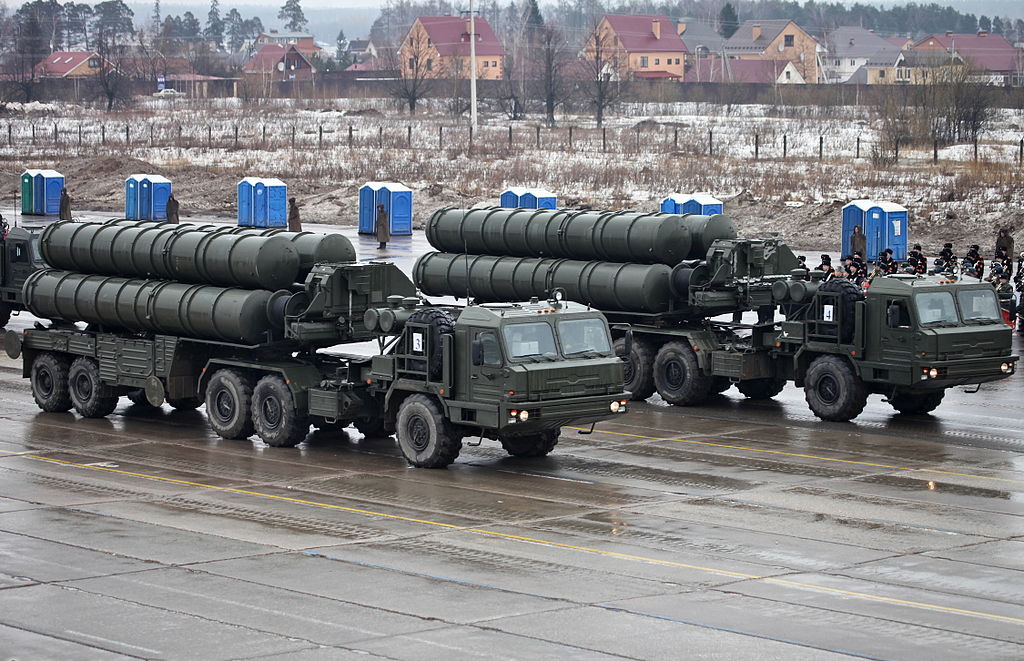
The Indian Air Force (IAF) successfully thwarted a series of aerial assaults by Pakistan using its advanced Sudarshan S-400 air defence system. Following Operation Sindoor, which targeted militant sites in Pakistan, Pakistan launched missile and drone attacks on Indian military installations in the north and west. India responded by intercepting these threats with the Sudarshan S-400 system, neutralizing the majority of incoming projectiles. In retaliation, India also struck Pakistani air defense systems near Lahore. The Ministry of Defense stated that India’s actions were proportionate and emphasized a desire for de-escalation, contingent upon Pakistan’s adherence to similar restraint.
New Delhi, May 8, 2025 – The Indian Ministry of Defence confirmed that Pakistan launched a coordinated drone and missile attack targeting multiple military locations in Northern and Western India during the night of May 7–8. However, India successfully intercepted and neutralized the threats using its advanced S-400 air defence system and Integrated Counter-Unmanned Aerial Systems (C-UAS) Grid.
According to the official statement, Pakistan aimed to strike key military installations in cities such as Awantipura, Srinagar, Jammu, Pathankot, Amritsar, Kapurthala, Jalandhar, Ludhiana, Adampur, Bhatinda, Chandigarh, Nal, Phalodi, Uttarlai, and Bhuj. The Indian air defence systems effectively destroyed all incoming threats. Debris from the downed drones and missiles has been recovered at multiple sites, serving as evidence of the attempted attack.
India Responds Strongly to Pakistan’s Aggression; Neutralises Air Defence System in Lahore
India reportedly deployed the S-400 air defence system for the first time to intercept and neutralize Pakistan’s missile and drone attacks. Following this, the Indian Armed Forces retaliated with equal force, targeting and disabling a Pakistani air defence system in Lahore. The Ministry of Defence stated that India’s military response matched the domain and intensity of Pakistan’s aggression.
According to official sources, Indian forces launched precise strikes on multiple Pakistani air defence radars and systems early in the morning. It was confirmed that one of the key air defence installations in Lahore was successfully neutralised.
Meanwhile, Pakistan intensified unprovoked firing across the Line of Control (LoC), using mortars and heavy artillery in regions including Kupwara, Baramulla, Uri, Poonch, Mendhar, and Rajouri in Jammu and Kashmir. This escalation resulted in the tragic loss of 16 civilian lives, including three women and five children. In response, the Indian Armed Forces took necessary action to halt the continued artillery and mortar fire from Pakistan. Emphasising a commitment to peace, Indian forces reaffirmed that they seek non-escalation—provided the Pakistani military respects the same stance.
All You Need to Know About India’s S-400 Missile Defence System, Also Known as ‘Sudarshan Chakra’
The S-400 missile air defence system, referred to by the Indian military as “Sudarshan Chakra,” is a Russian-made advanced system designed to detect and intercept aerial threats with high precision. Inspired by the mythological weapon wielded by Lord Vishnu, the name reflects the system’s role as a powerful protector of Indian airspace.
Manufactured in Russia, the S-400 is one of the most sophisticated air defense platforms in the world. It is capable of tracking targets from a distance of up to 600 kilometers and engaging them at ranges as far as 400 kilometers. The system can intercept various threats, including aircraft, drones, and ballistic or cruise missiles. India currently operates four S-400 squadrons, strategically deployed to safeguard vital regions. One squadron is based in Pathankot, covering Jammu and Kashmir and Punjab, while another is stationed to protect critical areas in Rajasthan and Gujarat.
